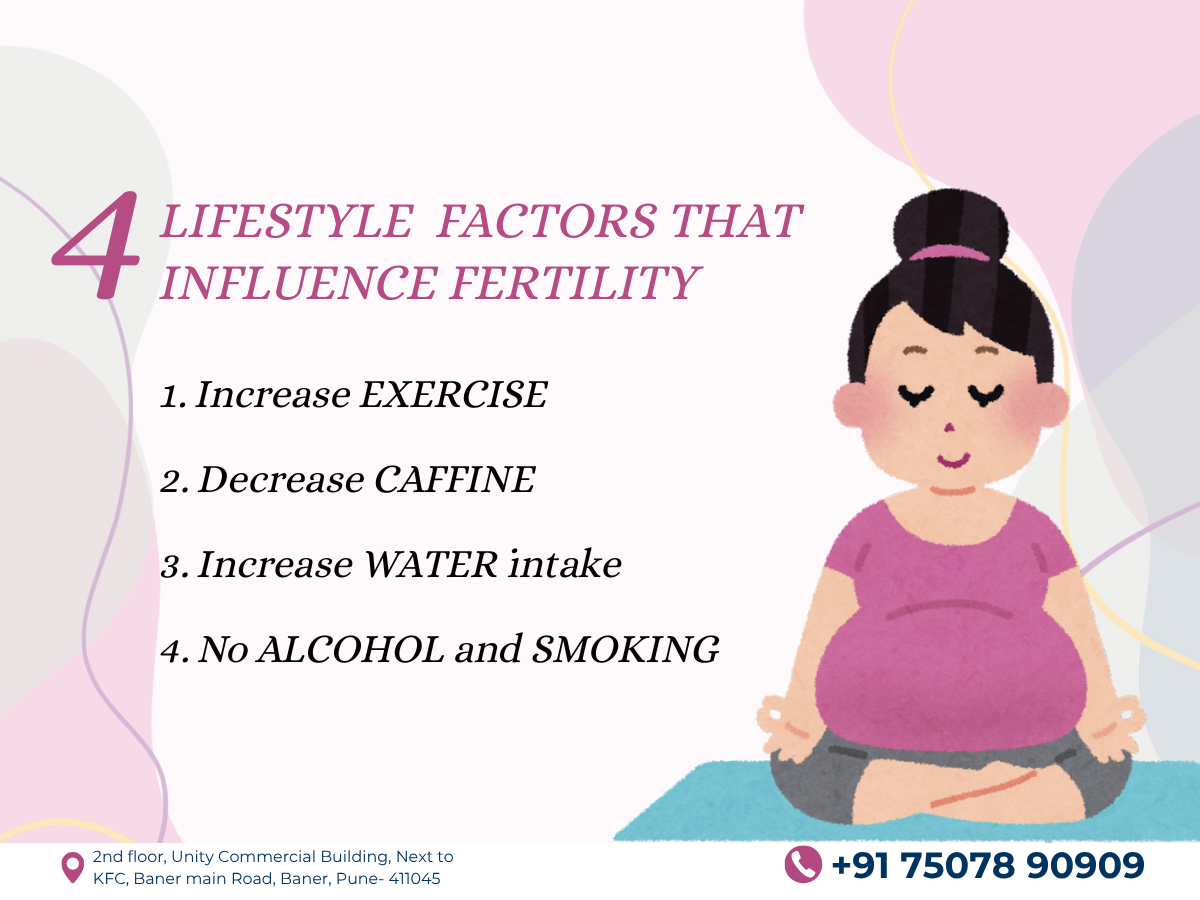Welcome to 0 to 9 Women’s Care & Fertility Center...
Our Services
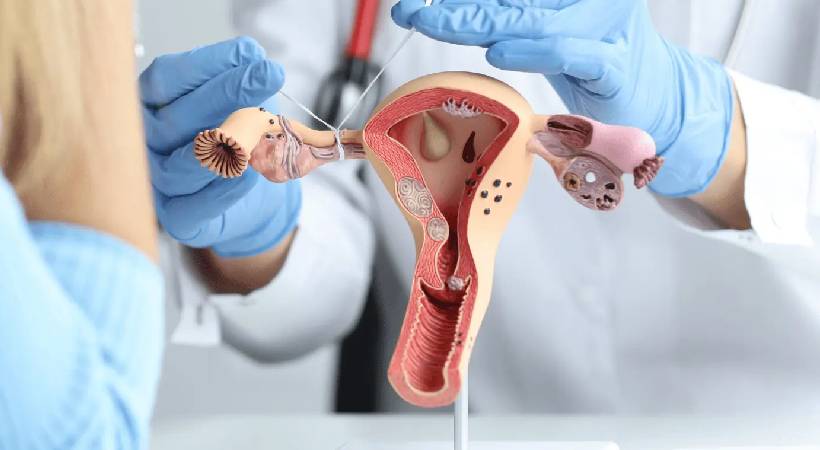
Introduction:
The fallopian tubes are essential for natural conception, allowing the egg and sperm to meet. However, many women opt for tubal ligation for permanent contraception, while others may need procedures like tubal recanalization or reanastomosis to address fertility concerns. These interventions, performed with advanced surgical techniques, cater to varying reproductive needs. While tubal ligation is a permanent solution, recanalization and reanastomosis can restore functionality to blocked or previously ligated fallopian tubes.
Causes:
For Laparoscopic Tubal Ligation:
- Voluntary Permanent Contraception: A personal decision to avoid future pregnancies.
- Medical Reasons:
- High-risk pregnancy concerns.
- Genetic conditions that could be passed to offspring.
For Blocked Fallopian Tubes (Recanalization or Reanastomosis):
- Infections:
- Pelvic inflammatory disease (PID) caused by sexually transmitted infections (e.g., chlamydia, gonorrhea).
- Endometriosis: Abnormal tissue growth leading to scarring and blockages.
- Surgical Complications: Scarring or damage from previous surgeries like cesarean sections.
- Tubal Ligation: Voluntary ligation but later desiring fertility.
- Congenital Defects: Tubes may be malformed or blocked since birth.
Symptoms
After Tubal Ligation:
- Usually asymptomatic, but possible side effects include:
- Mild abdominal pain.
- Irregular periods (rare and debated).
- Emotional considerations (e.g., regret over permanent contraception).
For Blocked Tubes:
- Infertility: Inability to conceive despite regular unprotected intercourse.
- Pain: Chronic pelvic pain or discomfort (in severe cases).
- Ectopic Pregnancy: If partially blocked tubes allow fertilization but not implantation in the uterus.
Diagnosis
- Medical History:
- Detailed discussion about past surgeries, infections, or fertility issues.
- Hysterosalpingography (HSG):
- A contrast dye is injected into the uterus, and X-rays are used to check tubal patency.
- Sonohysterography:
- Saline-infused ultrasound to assess tubal and uterine abnormalities.
- Laparoscopy:
- A diagnostic and therapeutic minimally invasive procedure to visualize the reproductive organs.
- Blood Tests:
- Evaluate hormone levels (FSH, LH, estrogen) to rule out other infertility causes.
Treatment:
Laparoscopic Tubal Ligation
- Procedure:
- Small incisions are made in the abdomen.
- A laparoscope with a camera provides a visual guide.
- Tubes are sealed using clips, rings, or cauterization.
- Advantages:
- Permanent contraception.
- Short procedure (usually under an hour).
- Minimal recovery time (1–2 weeks).
- Risks:
- Rare complications like infection, bleeding, or ectopic pregnancy.
Tubal Recanalization
- Procedure:
- Typically done via hysteroscopy or laparoscopy.
- Blocked sections are cleared using specialized tools.
- No general anesthesia is usually required.
- Benefits:
- Quick recovery.
- Non-surgical and highly effective for certain blockages.
- Risks:
- Minor risk of re-blockage.
Tubal Reanastomosis
- Procedure:
- Conducted under general anesthesia.
- Damaged or ligated sections are removed, and healthy ends are microsurgically reconnected.
- Success Rates:
- Higher if the previous ligation was done with clips or rings, rather than extensive removal or cauterization.
- Risks:
- Longer recovery (4–6 weeks).
- Increased chance of ectopic pregnancy.
- Alternatives:
- In-vitro fertilization (IVF), especially if tubes are severely damaged.
Conclusion
Laparoscopic Tubal Ligation, Tubal Recanalization, and Tubal Reanastomosis are pivotal in modern gynecology. While tubal ligation empowers women with a reliable contraception method, recanalization and reanastomosis provide pathways to restore fertility when circumstances change. Each procedure has its indications, benefits, and risks, underscoring the importance of personalized medical advice. Women should consult experienced healthcare professionals to understand which approach aligns with their reproductive goals and overall health.
We’d love to hear from you !
Our Gallery
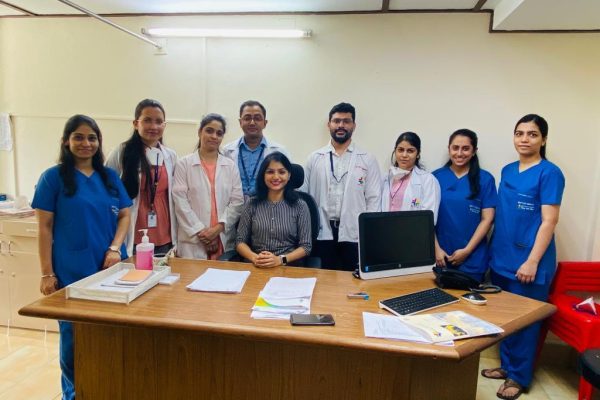
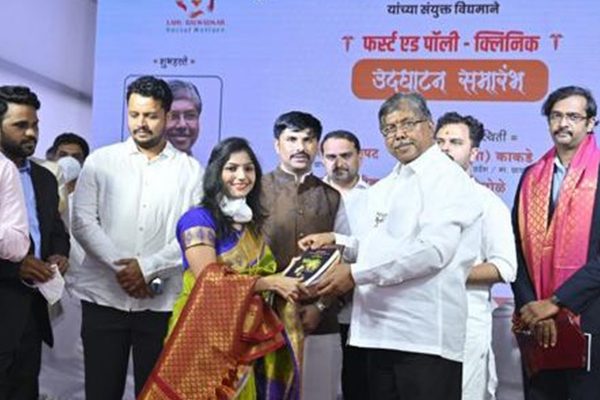

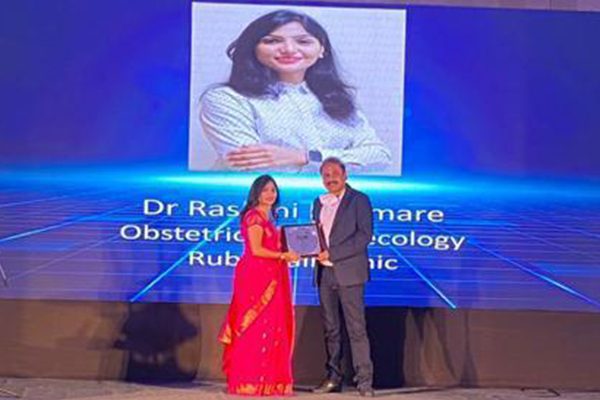
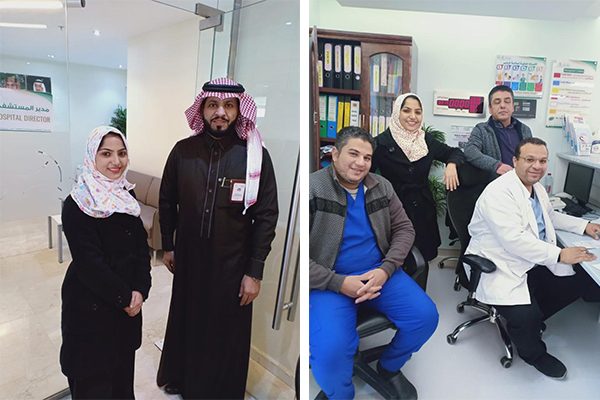

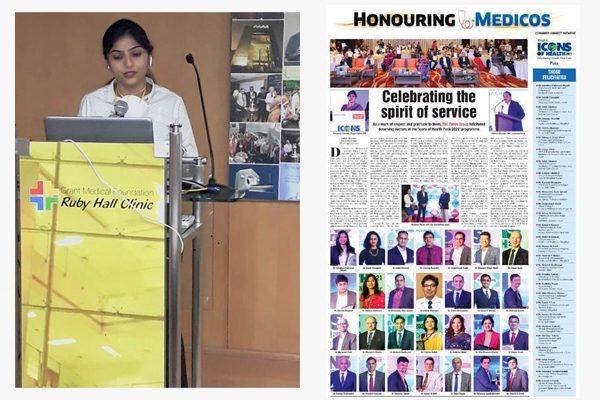

Unveiling New Horizons in Fertility, One Article at a Time
🌸 Tips for a Healthy Pregnancy –
Pregnancy is one of the most beautiful journeys in a...
When Your Clock is Off: Understanding and
A woman’s menstrual cycle is often described as a perfect...
4 Lifestyle Factors That Influence Fertility
When it comes to improving fertility and achieving a healthy...




